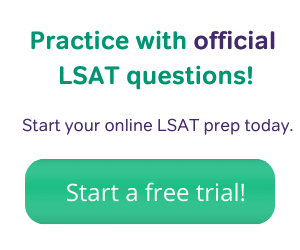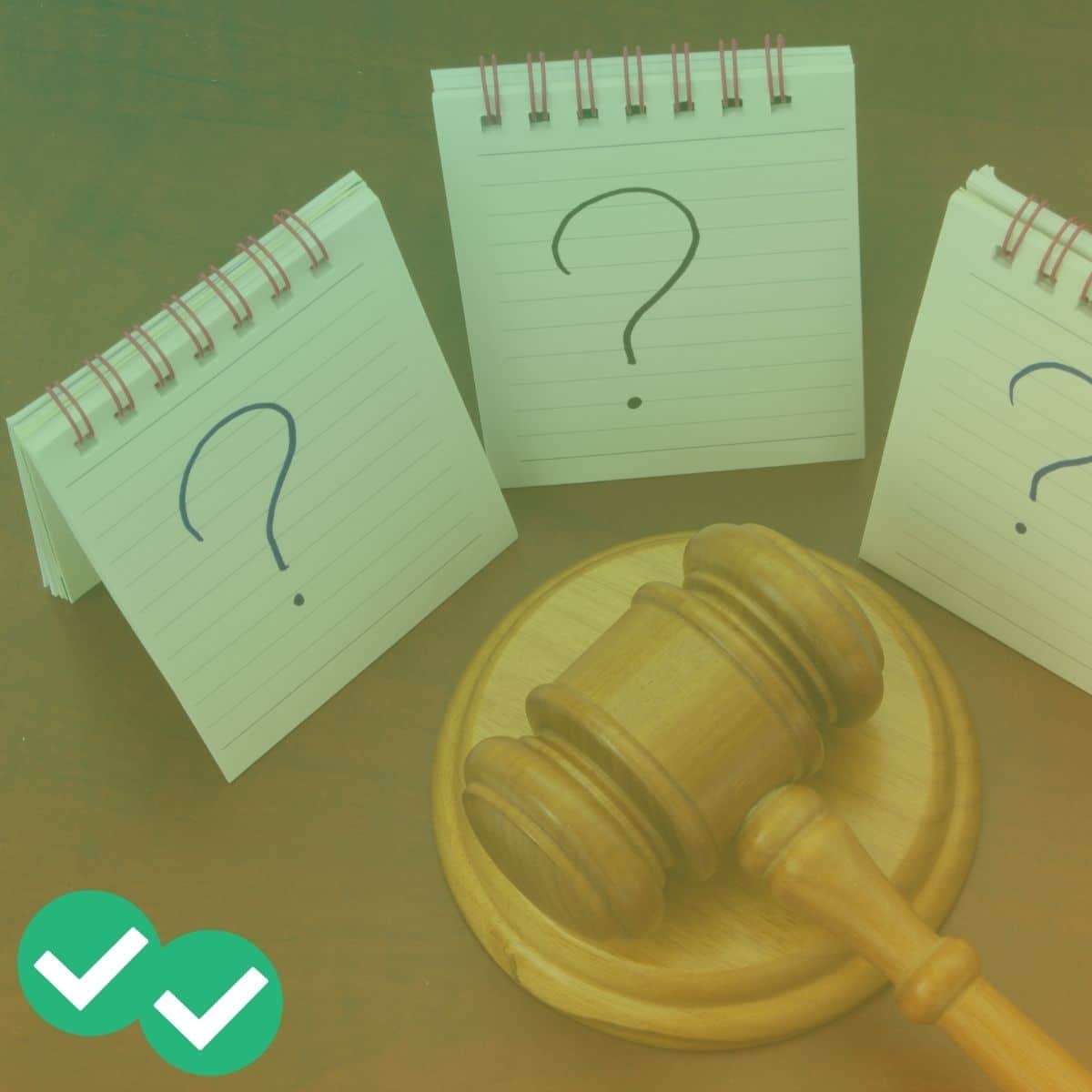
Update: Taking the LSAT in August 2024 or later? Be sure you know about major upcoming changes to the test and plan accordingly. In particular, the Analytical Reasoning section (aka Logic Games) will be replaced by a second Logical Reasoning Section. There will also be a new argumentative task in the Writing section. Now that you know what’s changing, read on!
Many LSAT students find Logical Reasoning to be the most challenging section. But! Take it from me: Logical Reasoning gets easier with practice, especially once you’ve got all the Magoosh strategies in your toolkit. Let’s dig into the top 5 tips for acing LSAT Logical Reasoning.
1. Identify the question type.
Identifying the question type is essential when determining how to approach a Logical Reasoning question. Here are the Most Common Logical Reasoning Question Types:
- Flaw Questions ask you to spot the underlying flaw in the argument presented.
- Assumption Questions ask you to identify the gap between the evidence provided and the conclusion reached. The right answer choice will be the statement that is necessary to get from the evidence to the conclusion.
- Inference Questions ask to find the statement that is most supported by the argument, assuming all the statements in the argument are accurate.
- Strengthen Questions ask you to recognize the statement that would best bolster the author’s argument and support the conclusion.
- Weaken Questions ask you to spot the statement that would most detract from the author’s evidence in support of the conclusion.
- Paradox Questions ask you to note the answer choice with the most similar argument structure to the one in the argument.
- Principle Questions ask you to choose the answer choice that is an example of the idea, or principle, presented in the argument.
So, take a deep breath—you’re probably looking at one of those question types.
Naturally, your approach will differ depending on the type of question you are answering. You don’t want to pick the answer choice that strengthens the argument when the question asks which choice would best weaken the argument!
So, be sure to familiarize yourself with the most common logical reasoning questions. You want to know all the Logical Reasoning question types so well that on the day of the LSAT, you’ll feel confident and know exactly what to do. No hesitation from you—you’ll be ready to crush any question the test throws your way!
And remember, you’re trying to get as many points as possible on the day of the test, so master the most common question types first. Once you get the strategy down for the most common question types, then, and only then, move on to the more rare question types. Be sure to review the Magoosh strategies for all of the Logical Reasoning questions to make sure you’re prepared to ace every type of question.
Then practice, practice, practice. Practice is critical to succeeding on the LSAT Logical Reasoning section.
2. Read the argument carefully.
Practice Active Reading
Just like when you’re reading a passage in the Reading Comprehension section, you’ll want to read Logical Reasoning arguments actively, making notes, and circling key words and phrases. This is not a leisurely read—dissect the argument and understand how all of the sentences work together.
Identify the Conclusion & Premise
To accurately answer a Logical Reasoning question, you must correctly identify the conclusion to the argument and the premise or supporting sentences. Note that the conclusion isn’t necessarily at the end of the argument (although that would be nice!). Be on the lookout for keywords that signal the conclusion; words like “therefore” or “consequently” usually signal the finish. Helpful tip: watch for these helpful words throughout the LSAT on both the Logical Reasoning and Reading Comprehension sections!
Circle Important Keywords
When you’re reading the argument, you’ll want to be on the lookout for other telling keywords as well. Some crucial words on the LSAT include “except,” “some,” and “few.” Always circle these words when you see them—it is almost certain they’ll be important when finding the right answer. (And don’t forget these words once you’re at your dream law school—legal interpretations turn on them, too!)
3. Quick review of the question type!
Right before you analyze the answer choices, do a quick review of the question type. It’s easy to become fatigued after two hours of test taking and forget what the question has asked you to do.
So, always do a quick review of the question type. With a clear sense of what the question is asking, you’ll be able to find the right answer and pick up another point!
4. Analyze the answer choices.
Identifying the right answer choice on a Logical Reasoning question is a comparative process. There could be two really good answer choices. Your mission, should you choose to accept, is to find the best one. While that may sound tricky, there are a few strategies to find the right one.
First, don’t be led astray by any wrong answer choices. Quickly eliminate any glaring, wrong choices. This will help narrow the field of remaining answers. By crossing out the obviously wrong answers, you’ve already increased your likelihood of getting the right answer.
Second, read each of the remaining answer choices as carefully as you read the argument. One word can change the whole meaning of an answer, and cost you a point in the process—don’t let that happen to you! Actively read each answer choice and ensure that it answers the exact question you’ve been asked to answer.
If the answer choice does answer the question, don’t stop there. You have to read all the other choices to make sure you’ve found the best answer choice. Remember, it is likely that there will be two good options.
5. Keep moving!
Never get bogged down on any one question. Always remember that each question on the LSAT is worth the same as every other question. If you find yourself really stuck on a question, use the process of elimination to at least narrow your answer choices. Then, pick what you think is the best answer from the remaining choices and move on! You can draw a big star next to the question in your test booklet and come back if you have time left at the end of the section.
Practice this during your timed practice sections. You want the process of moving on when you’re stuck to be second nature on the day of the LSAT. Always be ready to go after your next point!
And remember: speed matters. You’ve only got 35 minutes to answer about 25 Logical Reasoning questions.
Takeaway
Now, that you’ve got the tips down for acing LSAT Logical Reasoning, be sure to check out How to Get Faster at Logical Reasoning. Then, practice. Whether Logical Reasoning is your most or least favorite part of the LSAT, you’ve got to practice in order to do well on this half of the exam and to succeed on the LSAT.
Keep the five tips in mind while you’re practicing:
- Read the question first, and identify the question type.
- Read the argument carefully.
- Quickly review the question type!
- Analyze the answer choices.
- Keep moving!
So, what are you waiting for? Go show Logical Reasoning who’s boss.







Leave a Reply